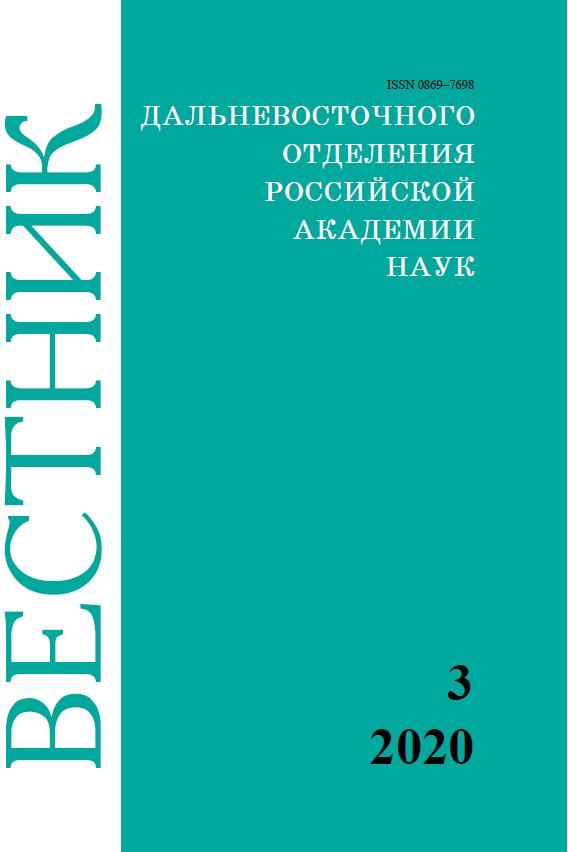Impact of pyrogenic factors on heavy metal content in burozems of South-Eastern coast of Primorye. B.F. PSHENICHNIKOV, N.F. PSHENICHNIKOVA, A.S. YAKSHINA
Keywords:
burozem, vegetation, fires, heavy metals, concentration coefficient, pollution levelAbstract
Impact of pyrogenic factors on heavy metal content in burozems of South-Eastern coast of Primorye. B.F. PSHENICHNIKOV1, N.F. PSHENICHNIKOVA2, A.S. YAKSHINA1 (1Far Eastern Federal University, Vladivostok, 2Pacific Institute of Geography, FEB RAS, Vladivostok).
The research focuses on the impact of pyrogenic factor on heavy metal content (lead, zinc, cadmium, nickel, copper, cobalt, chromium and manganese) and its profile distribution in burozems under different types of vegetation in the Ostrovnoy Cape (the Sea of Japan) and the bordering territory, close to Zapovedny settlement of Lazovsky Disrict (Primorsky Krai).
The results show that burozems of the burnt forest areas if compared to burozems of adjacent oak forests and grass-shrub communities demonstrate increased heavy metal levels, most likely due to heavy metal introduction with burnt down plant remains. Burozems of the burnt forest areas have higher concentration coefficients (Сс) of lead, zinc, cadmium, copper, and manganese than burozems of the forests and grass-shrub communities unexposed to fires. Of all the elements under study, lead, cadmium, and cobalt tend to accumulate most in accumulative-humus horizons while nickel, zinc, copper, chromium, and manganese migrate down the soil profile into humic-illuvial horizons. Integral index of pollution (Zc) values show that burozems of the fire-sites have permissible (low) level of heavy metal pollution in the upper accumulative-humus part of the soil profile and moderately hazardous level in the middle illuvial part. However, element toxicity correction factor (Ct), when calculating integral index of pollution, increases Cс values for lead, zinc, and cadmium as hazard category 1 substances. Therefore, in this case special attention should be paid to the pollutant hazard category (extremely hazardous substances) regardless of the permissible (low) and moderately hazardous pollution levels.


